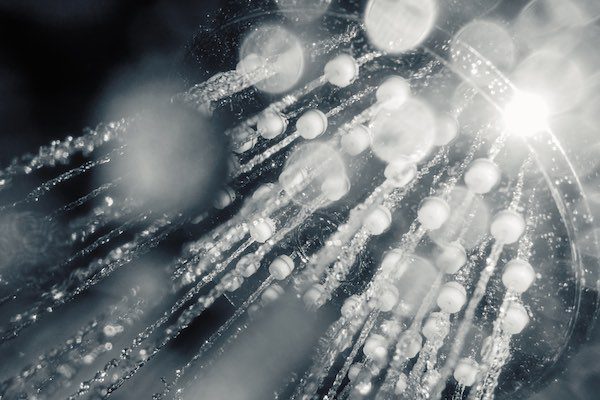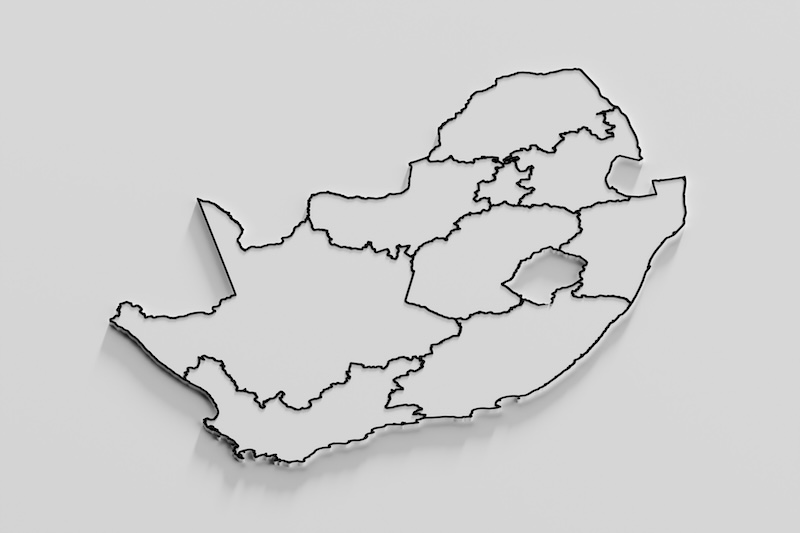Well, first off. Most shower’s see more contact with water contact than most of your property’s surfaces.
This should already indicate why it is important to have your shower properly waterproofed.
Nowadays, more and more contractors skip waterproofing the shower on the basis that they are using a grout that states “Waterproof”, and while it may help, it is rarely sufficient to deal with the repetitive watering and the movement in your building.
Lets unbox this.
Paint bubbling and peeling off
Simply put, if your walls are blistering on the reverse side of the shower this indicates penetrating damp from the shower. Sometimes, there will be a white powdery substance bleeding out of the cracks and imperfections of the blistering paint.
Look out for a pattern. Lower down could indicate the floor or the tray needs to attention. Corners always being the weakest point. If the damp is coming from top to bottom, this may indicate moisture seeping through the wall or plumbing issues.
Mould growth
Mould growth is common in bathrooms that don’t have much sunlight and not ventilated well enough. Usually, you would find this mould growth on the ceilings and top corners of your bathroom.
Now Mould growth on the reverse side of the shower happens for the same reasons, but slightly different. Usually, you would find this kind of mould in cupboards or dark corners that are directly from the shower adjacent. Knowing that mould thrives in dark, warm and in environments with low ventilation, this is the giveaway that your shower needs to be waterproofed.
For a solution, visit our website https://dampcon.com or Facebook page and one of our friendly professionals will come out and assist. More information is available on: https://dampcon.com/waterproofing/





